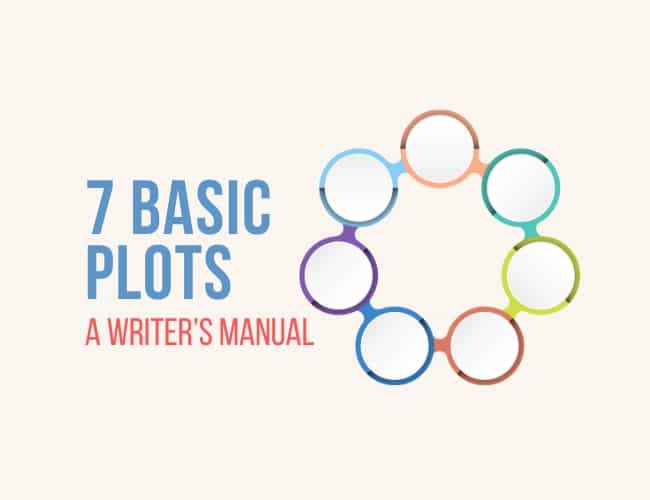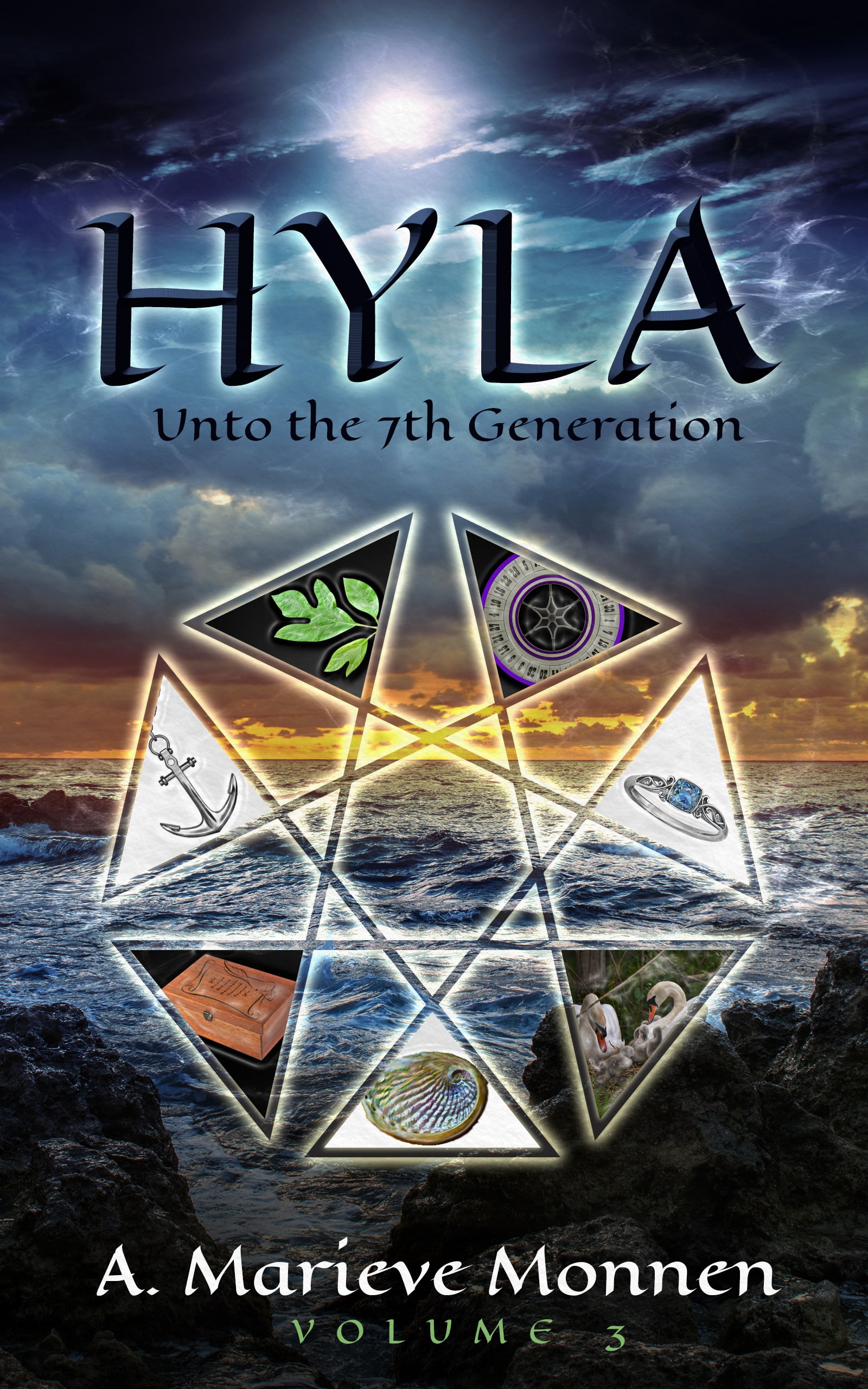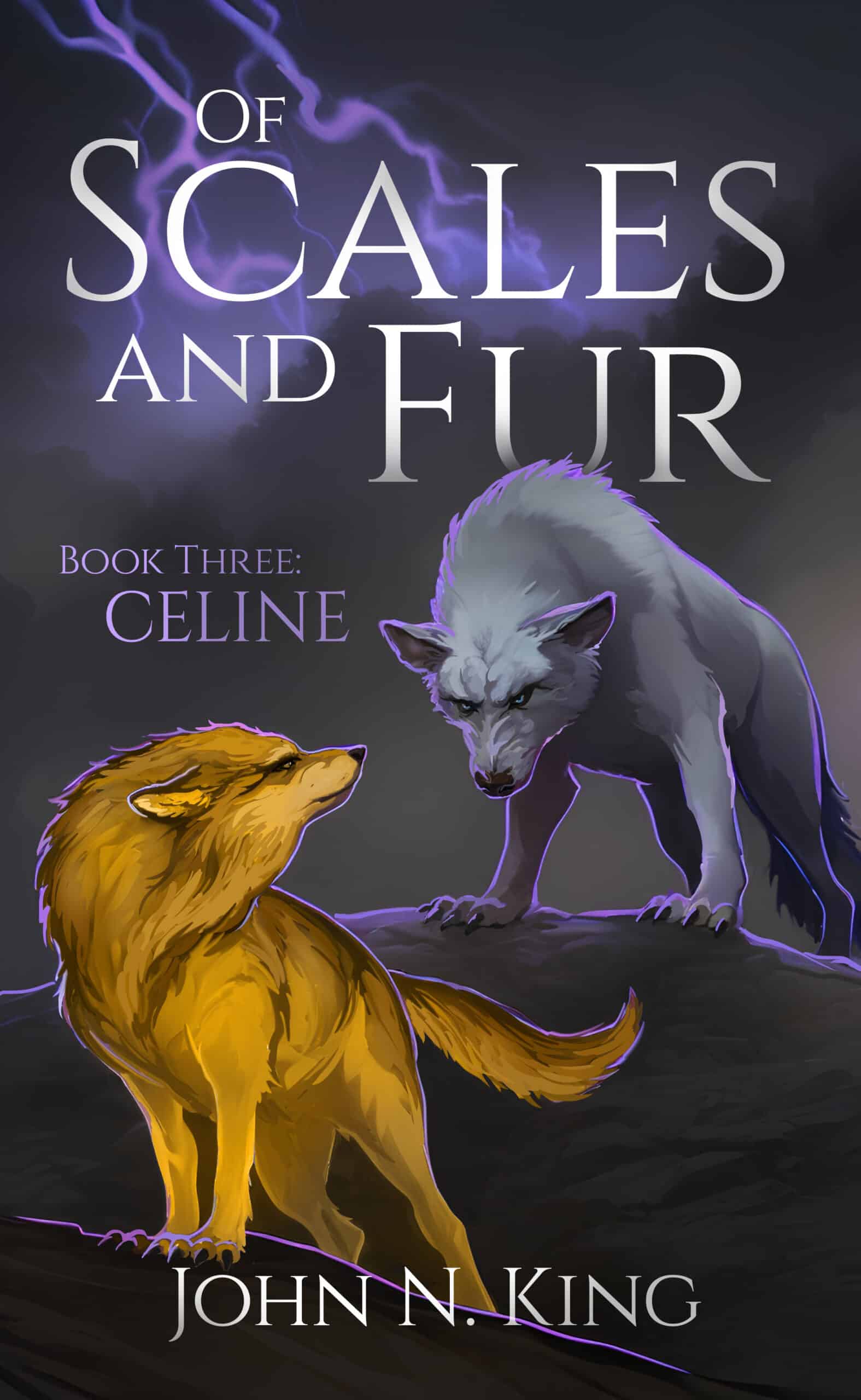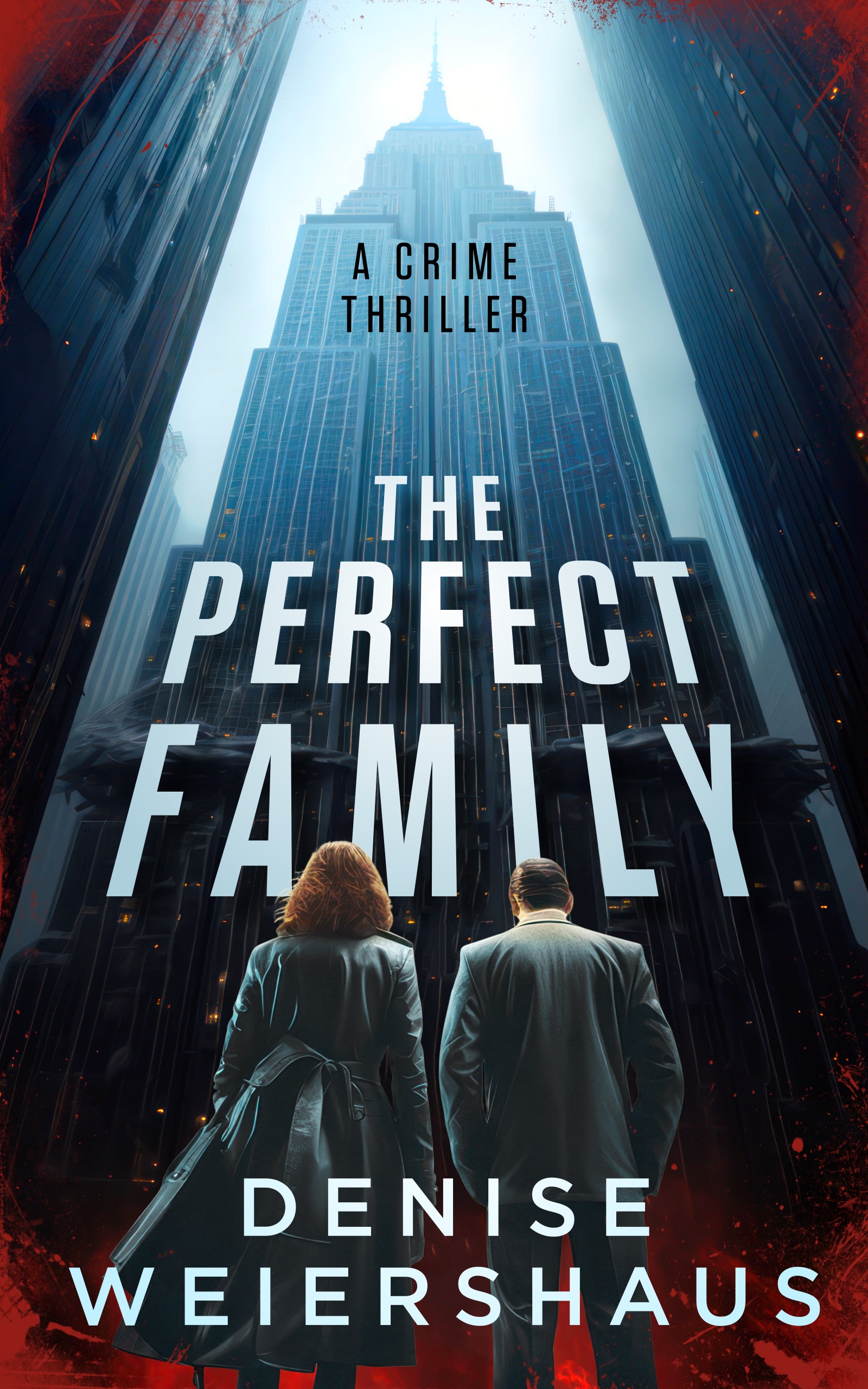Ever wonder why some stories feel so familiar? It's because most of them follow a similar structure or plot pattern. Christopher Booker's The Seven Basic Plots is an analysis of stories based on Jungian psychology. Can one of his 7 basic plots help you write your next book?

We love looking at structure here at The Write Practice. Joe wrote a whole book on it! The Write Structure examines the patterns he noticed while helping thousands of writers finish and publish their books.
Christopher Booker wrote a book in 2004 (although he worked on it for decades before publication) on the structure of stories called The Seven Basic Plots based on Jungian psychology and the archetypes he found. From “Overcoming the Monster” to “Rags to Riches,” he drilled down into the patterns on a deep psychological level to see what made story work.
Booker's framework is academic and decidedly challenging to read at times, but we're going to break it down so you don't have to slog through it alone.
Understanding the Importance of Narrative Structures
Story structure outlines the progression of a narrative from beginning to end. It includes how a writer arranges events to create a coherent and engaging plot. A well-defined story structure typically includes key components such as:
- Exposition: Here's where we meet the characters, setting, and the situation at the beginning.
- Inciting Incident: An event that sets the main story in motion, introducing conflict and prompting the protagonist to take action.
- Rising Action: A series of events and complications that increase tension and develop the conflict. Stuff gets hard for your protagonist here!
- Climax: The turning point of the story, where the tension reaches its peak. This is where the protagonist faces their most difficult challenge or foe! Everything changes for the protagonist depending on what they choose here.
- Falling Action: Events that unfold after the climax, leading towards resolution. This phase involves the fallout from the climax and begins to address the consequences of the protagonist’s actions. (Note– The Write Structure has a lot to say about this one! Check it out in this article on Freytag's Pyramid.)
- Resolution (or Denouement): The conclusion of the story where we see how everything (including that big decision or action at the climax) shakes out. The story comes to a close, (hopefully!) providing closure for the characters and the audience.
Understanding story structure is crucial for writers, especially when you're writing your first stories. So often, a story won't resonate with the reader because it's missing a core component. Don't let that happen to you!
And while you can use different and even experimental structural techniques, such as subplots or non-linear timelines, a foundational structure helps ensure that the story is coherent and satisfying.
The seven basic plots identified by Christopher Booker—such as the rebirth plot and the tragic plot—provide writers with a variety of story structures to build upon. Each archetypal plot comes with its own stages, such as the Anticipation Stage and the Frustration Stage, that help writers develop complex storylines.
Using these common plots can also assist in creating a series of events that will help the reader become emotionally invested. Understanding these plot structures not only aids in producing classic examples of storytelling but also enables writers to engage in literary criticism effectively. Additionally, having a clear plot structure can streamline the writing process, making the journey from draft to completion more efficient.
Overview of the 7 Basic Plots
We'll go over each of these in a more detailed article later, but for now, let's dive into these seven story patterns that show up everywhere from ancient myths to modern blockbusters:
Overcoming the Monster
You know the drill—hero faces big bad villain, epic battle ensues! An overcoming the monster plot will be something like Jaws or Beowulf. It's your classic good vs. evil showdown.
Rags to Riches
The “Rags to Riches” plot centers on a protagonist starting with nothing and rising to wealth or greatness. This journey often involves personal growth and transformation, with the hero overcoming adversity and self-doubt. Famous examples include Charles Dickens' David Copperfield and the modern classic Cinderella.
The Quest
In “The Quest” plot, the hero embarks on a journey to achieve a vital goal, often accompanied by a group of allies. This type of plot includes numerous trials and tribulations that test the hero's resolve and abilities. Stories like J.R.R. Tolkien's The Lord of the Rings typify the quest narrative.
Voyage and Return
The “Voyage and Return” plot involves a protagonist who travels to an unfamiliar world and must find their way back home. This plot often explores themes of adventure and self-discovery, with the hero returning changed. Notable examples include Lewis Carroll's Alice in Wonderland and the film The Wizard of Oz.
Comedy
Comedic plots revolve around confusion and misunderstandings that ultimately lead to resolution and happiness. Often focused on love or human follies, comedy plots create a light-hearted yet insightful story arc. Shakespeare's A Midsummer Night’s Dream is a classic example of this plot structure.
Tragedy
A “Tragedy” plot depicts the protagonist's downfall due to a fatal flaw, poor choices, or uncontrollable circumstances. This type of story often evokes themes of loss and human frailty, ending in sorrow or catastrophe. Examples include plays like Shakespeare's Macbeth and novels such as Anna Karenina.
Rebirth
The “Rebirth” plot showcases a character's transformation or redemption, often after experiencing a profound crisis. This plot typically involves personal growth and a return to a better self or state. Classic examples in literature include A Christmas Carol by Charles Dickens and modern films like Groundhog Day.
We'll be revisiting each of these in detail, but you can already see how these plots describe some of your favorite stories.
The Significance of Plot Archetypes
A plot archetype is a universally recognized story structure that serves as a blueprint for a variety of stories across cultures and time periods.
It matters because it helps writers create compelling narratives by providing a tried-and-tested framework. Readers can easily relate to these common plots, such as tragic plots or comedy plots, due to their familiarity and emotional resonance.
Just like we always say about The Write Structure and story types, using an archetypal structure doesn't limit your creativity, it unleashes it. You can know that you've built a story around time-tested principles, and still let your creativity run wild to write a story readers love.
Tips for Innovating Within Established Plot Structures
To innovate within established plot structures, first, focus on character depth. By crafting well-rounded characters with a complex fatal flaw or notable personal growth, writers can refresh common plots like the tragic plot or the rebirth plot. This approach adds uniqueness without straying from recognizable story structures.
Next, manipulate the sequence of events in your narrative. Altering the Frustration Stage or the Anticipation Stage within the story structure can present classic plots in new and unexpected ways. This technique maintains reader engagement by subverting predictable outcomes.
Finally, blend different plot types. Combining elements from archetypal plots, such as merging aspects of a comedy plot with a tragic plot, can result in a more dynamic and intriguing story. This practice allows writers to explore a vast variety of stories while ensuring they remain compelling and fresh.
Conclusion: Expanding Your Narrative Horizons
Understanding the seven basic plots outlined by Christopher Booker can help you write a compelling story. Each plot type, with its unique structure and series of events, offers opportunities for personal growth, exploration of fatal flaws, and eventual resolution or transformation.
By recognizing these archetypal plots, writers can experiment while making sure your story delivers in a satisfying way for the reader.
Come along with us while we explore each of them in depth to see what we can learn.
Which plot have you seen used most effectively in books or film and why? Share in the comments.
PRACTICE
Set the timer for fifteen minutes. Choose one of the plots, and based only on the quick summary, write a premise for one of the seven plots. Keep it simple–a character with a problem who has to act boldly. If you still have time, start a scene, any scene in the story.
When time is up, share your practice in the Pro Practice Workshop here and offer feedback to other writers.
Sue Weems is a writer, teacher, and traveler with an advanced degree in (mostly fictional) revenge. When she’s not rationalizing her love for parentheses (and dramatic asides), she follows a sailor around the globe with their four children, two dogs, and an impossibly tall stack of books to read. You can read more of her writing tips on her website.




Your write-up on Plot is very helpful. Thanks and regards.